Six hundred miles east of Moscow, at the very edge of the European–Asiatic divide is the University of Kazan which, by the mid-nineteenth century, had emerged as Russia’s pre-eminent chemistry department.1 Its chair, Aleksander Butlerov, was a vocal exponent for the new structural theory of organic chemistry – developed principally by August Kekulé around 1858.2 The theory predicted a new class of compounds – tertiary alcohols – and it was Butlerov who successfully completed the first synthesis of tert-butanol. Treating acetyl chloride with dimethylzinc, a reagent with polarised carbon–zinc bonds (with greater electron density on carbon), causes transfer of the methyl groups to the electrophilic acetyl chloride (figure 1).3 Varying the dialkylzinc reagent generated other tertiary alcohols, known as ‘pseudoalcohols’ since they could not be oxidised to an aldehyde or acid, as could all other (primary) alcohols known hitherto.
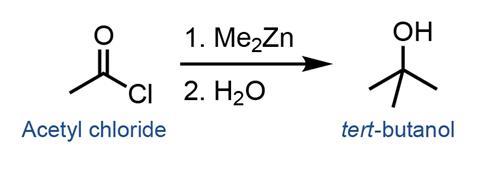
Drawing on pioneering work by Edward Frankland, who had first prepared diethylzinc from ethyl iodide and activated zinc metal,4 Butlerov’s young protégé Aleksander Zaitsev set out to make the alcohol synthesis more practically useful. Using zinc–sodium and alkyl iodides, he found that dialkylzinc species could be formed in situ with no need for separate handling of these pyrophoric materials.5 In more than 30 papers, Zaitsev uncovered many useful syntheses of new alcohols by varying both the organozinc reagent and the carbonyl (C=O containing) material, as in his secondary alcohol synthesis from a formate ester (figure 2). In the three decades following the first preparation of tert-butanol, his group became a flourishing training ground – its members encouraged to explore their own ideas for new applications of zinc compounds. The Kazan laboratory now led the field of organozinc chemistry, and into this fertile environment stepped Sergei Nikolaevich Reformatskii.
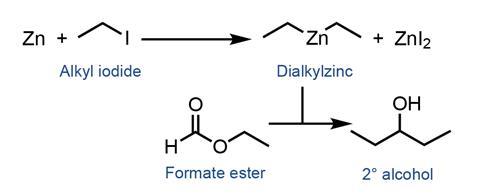
Sergei had been schooled in the seminary alongside his younger brother Aleksander – under the expectation that, as the sons of a clergyman, both would enter the priesthood. Rebelling against their father’s expectations, the brothers Reformatskii had other ideas. Upon completion of his theological studies, Sergei left his childhood home in the Russian province of Kostroma, and headed south to study chemistry under Zaitsev. Demonstrating similar independence of spirit, if rather less imagination, Aleksander directly followed suit. The brothers were talented students and both would pursue academic careers in chemistry. Following his graduation, Sergei continued to work alongside Zaitsev, in readiness for his first tenure as Privatdozent at Kazan – the title enabling him to teach, examine and research independently. It was during this period, in 1887, that the elder Reformatskii hurriedly published his claim to the reaction for which he is remembered.
While investigating the reactions of various carboxylic esters with organozinc reagents, Reformatskii had used methyl chloroacetate – which has chlorine attached adjacent to the carbonyl group. Upon attempting to form diallylzinc in the same vessel, using Zaitsev’s method, he found that zinc inserted into the carbon–chlorine bond of methyl chloroacetate instead of reacting with the allyl iodide. Reformatskii identified the accidentally formed organozinc species (a zinc enolate in modern terminology, which he depicted in the C–Zn form but is now understood to rearrange to the O–Zn form via a dimer complex) and showed that it reacts with acetone, leading to a β-hydroxy ester product (figure 3).6
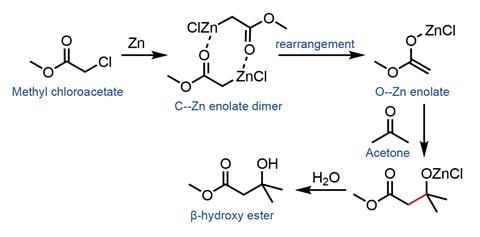
Rushing to publish while still extending his new reaction’s scope to include other a-halo ester and ketone or aldehyde reaction partners, Reformatskii had spotted a competing report. German chemist Rudolf Fittig had tried to prepare a C–Zn nucleophile by reacting the metal with ethyl chloroacetate.7 But the Russian had already realised the significance of his accidental discovery. This new ‘Reformatskii reaction’ was closely related to the recently developed aldol addition of a sodium enolate to a non-enolisable aldehyde, but had a key advantage. The zinc enolate could be formed in the presence of an enolisable aldehyde or ketone (one which would be deprotonated and converted to an unwanted enolate under aldol reaction conditions, leading to competing pathways). The ability to use these compounds as electrophiles hugely expanded the scope of addition chemistry.
In 1891, Reformatskii was made professor at the University of Kiev, Ukraine, where he would spend the rest of his career investigating synthetic applications of zinc enolates. He was a dedicated and exacting teacher, and a very active member of his academic community. Founder and chairman of the Physical Chemical Society in Kiev, Reformatskii’s laboratory was open 24 hours a day (including Sundays and all holidays). He also worked at the new women’s college, Kiev Polytechnic, and led the chemical department of the Kiev Institute of Rubber Research until his death in 1934.
The long nineteenth century was longest in Russia, but time ran out for organozinc chemistry at Kazan in 1900 when Frenchman Victor Grignard published his preparation of organomagnesium halides for alcohol synthesis. This put paid to the methods of Butlerov and Zaitsev, and the Kazan School would re-emerge as a centre of expertise in organophosphorus chemistry under Zaitsev’s successor, Aleksander Arbuzov. But α-halo esters like methyl chloroacetate don’t react with magnesium, so a sole survivor has endured the storm: the Reformatskii reaction.
References
1. D E Lewis, Bull. Hist. Chem., 2002, 27, 37
2. A Kekulé, Ann. Chem. Pharm., 1858, 106, 129 (DOI: 10.1002/jlac.18581060202)
3. A M Boutlerow, Bull. Soc. Chim. Paris, 1864, 7, 106
4. E Frankland, Q. J. Chem. Soc., 1850, 2, 263 (DOI: 10.1039/QJ8500200263)
5. J Kanonnikoff and A Saytzeff, Justus Liebigs Ann. Chem., 1875, 175, 374 (DOI: 10.1002/jlac.18751750310)
6. S Reformatskii, Ber. Dtsch. Chem. Ges., 1887, 20, 1210 (DOI: 10.1002/cber.188702001268)
7. R Fittig and C Daimler, Ber. Dtsch. Chem. Ges., 1887, 20, 202 (DOI: 10.1002/cber.18870200152)
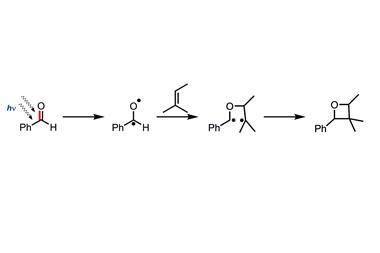
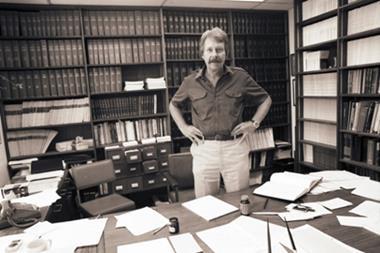
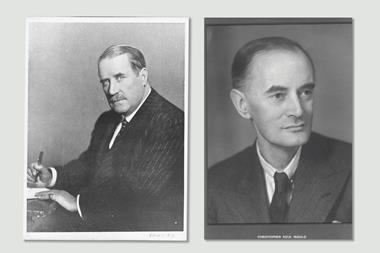
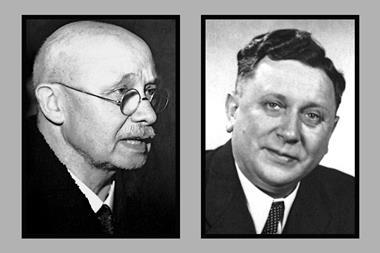
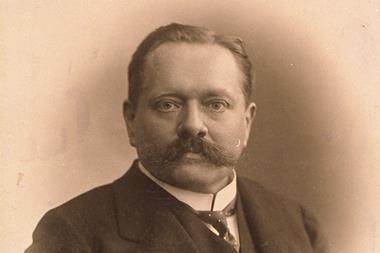
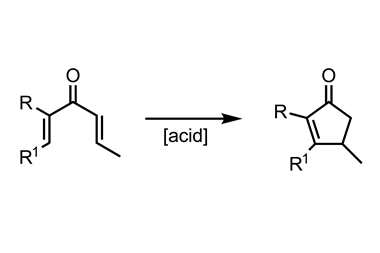













No comments yet